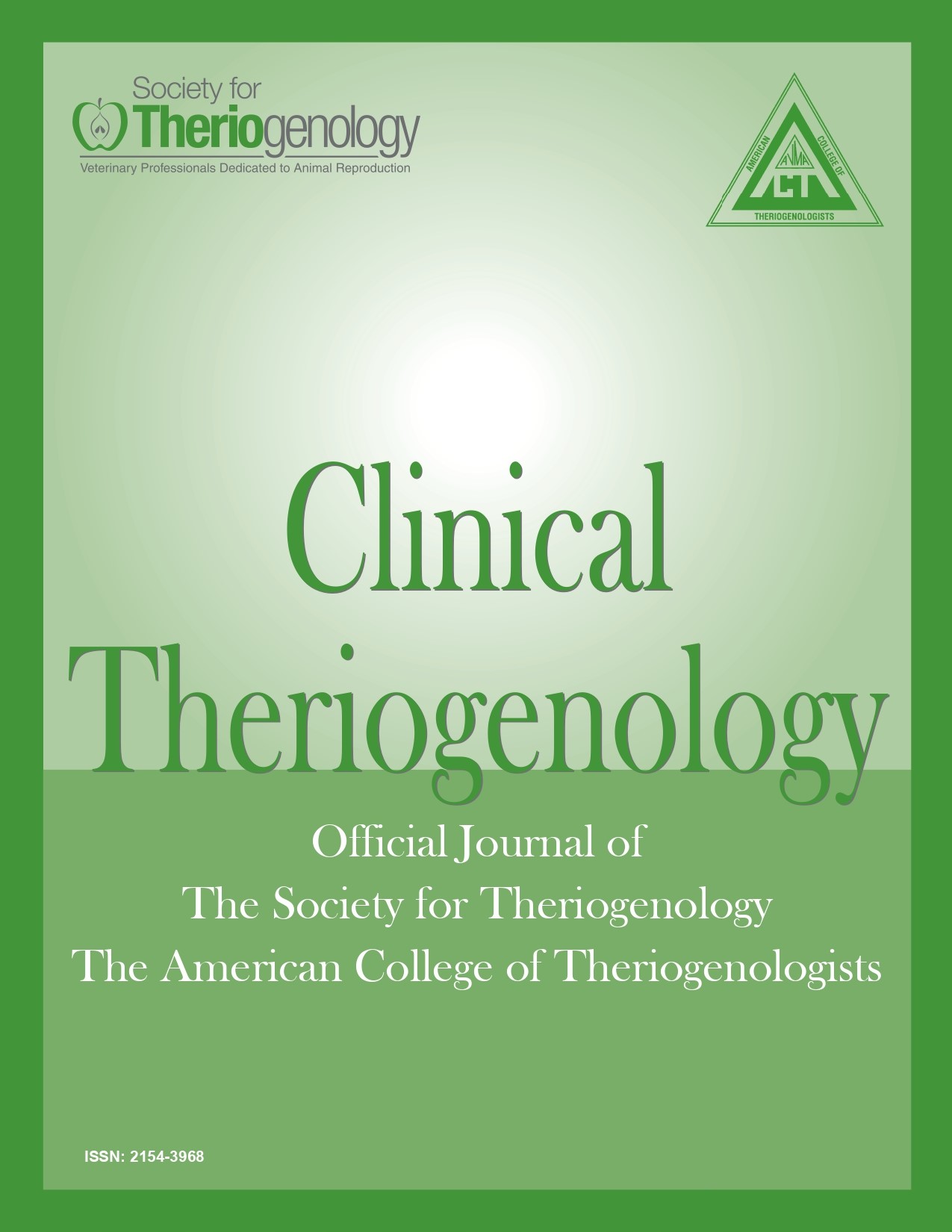Uterine torsion in the mare*
Abstract
Uterine torsion is less common in mares than in cows, perhaps due to a more stable anatomical suspension of the equine reproductive tract (i.e., sublumbar ovarian attachment, dorsally attached uterine broad ligaments). However, uterine torsion accounts for a significant percentage of the more serious cases of dystocia in mares. Exact causes of uterine torsion are unknown. Suggested contributing factors include sudden falls or vigorous movement of a large fetus in a relatively small volume of fluid. Uterine torsion in the mare is reported to be as likely to occur in the last half of gestation as during labor. At the Texas Veterinary Medical Center, mares presented with uterine torsion are more commonly in mid- to late-gestation. Clinical signs of uterine torsion are primarily those of intermittent unresponsive, often severe, colic. Impending parturition may be suspected due to the mare’s restlessness, sweating, anorexia, and frequent attempts at urination. Severity of clinical signs is related to the degree of uterine rotation and vascular impairment. Immediate correction is required to restore circulation and improve chances of fetal survival. While torsions of less than 180 degrees may or may not require correction, rotation is frequently ≥360 degrees.
Downloads

This work is licensed under a Creative Commons Attribution-NonCommercial 4.0 International License.
Authors retain copyright of their work, with first publication rights granted to Clinical Theriogenology. Read more about copyright and licensing here.





